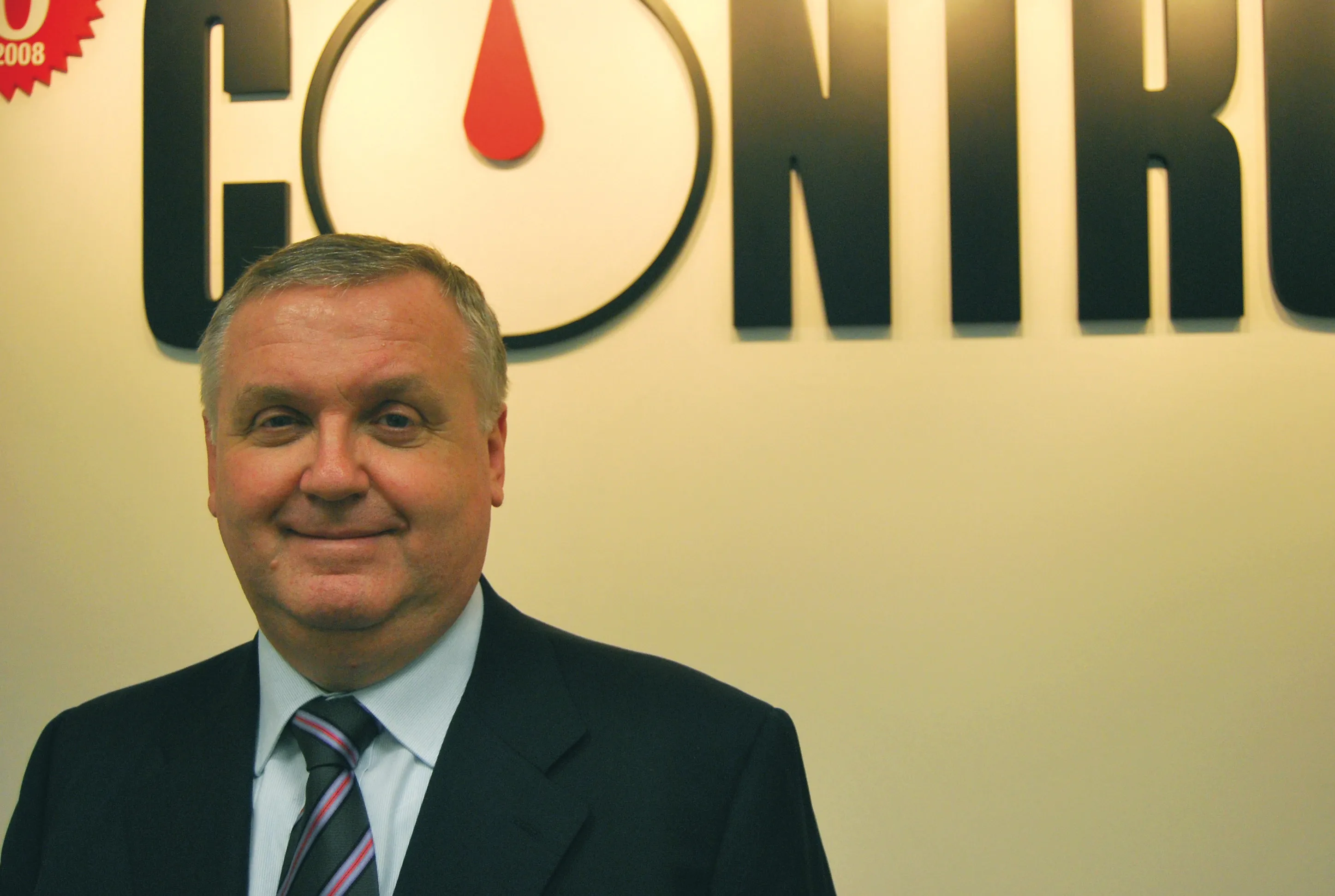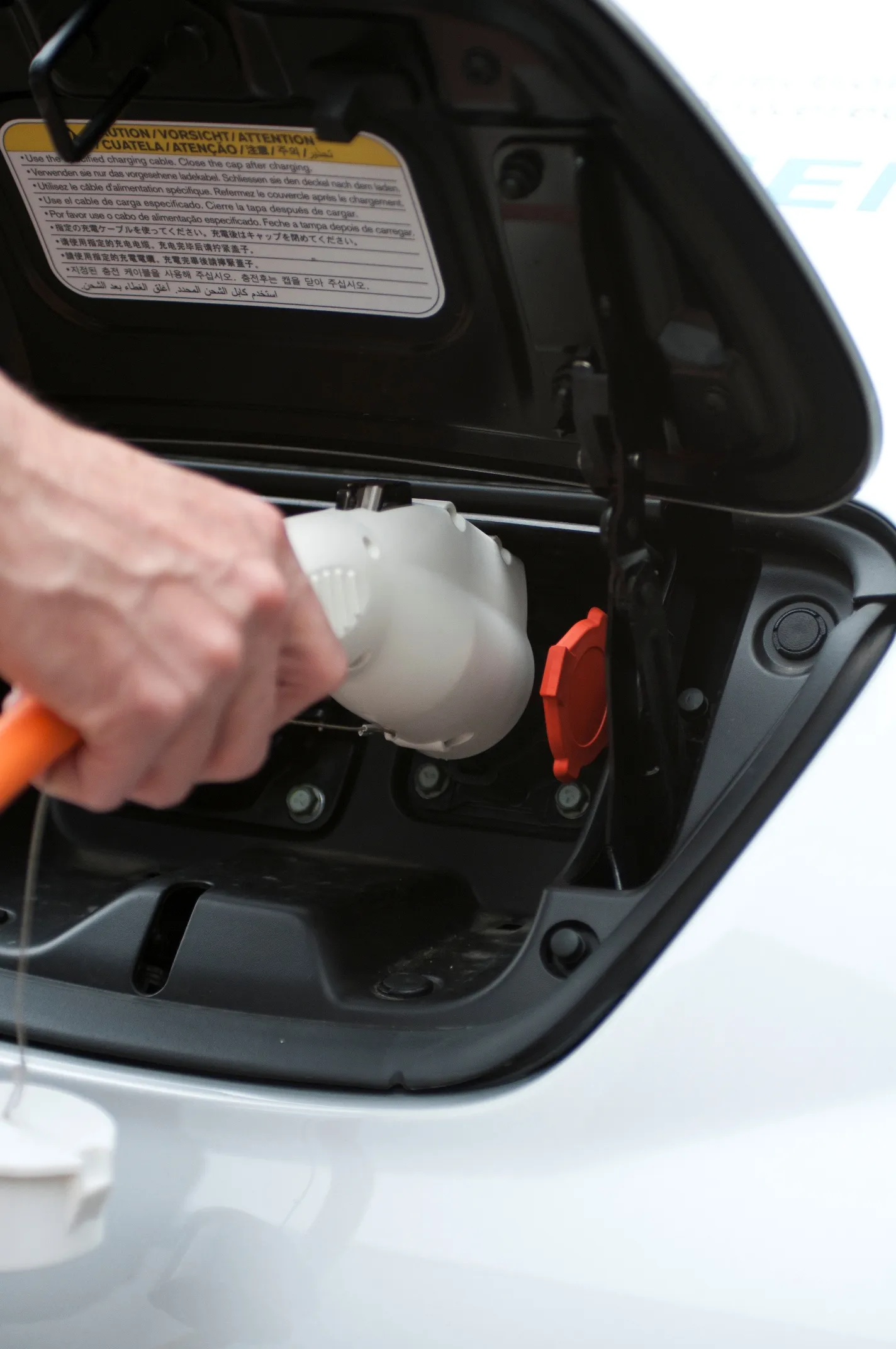The
As part of the announcement made yesterday at the FCH JU-organised “Joint Technology Initiatives: Innovation in Action” exhibition in Brussels, the ix35 FCEV will be made available for Members of European Parliament, Commissioners, EU officials and other policymakers to test drive until March 2012.
The decision moves Hyundai a step closer to the commercialisation of hydrogen fuel cell electric vehicles by 2015. Debuted at the Geneva Motor Show in 2010, the ix35 features important innovations over previous-generation Hyundai FCEVs, including a 55 per cent improvement in driving range and an 80 per cent reduction in manufacturing costs.
Earlier this year, Hyundai signed a memorandum of understanding with the municipality of Copenhagen to establish the necessary infrastructure for the supply and use of FCEVs in Denmark.
Maria da Graça Carvalho MEP, Member of the Industry Committee and host of the exhibition Joint Technology Initiatives, said: “Fuel cell vehicles, such as the ix35 FCEV, have great potential to help fight carbon dioxide emissions, reduce our dependence on hydrocarbons and contribute to economic growth. I am sure my fellow members of the European Parliament will embrace the opportunity to test the viability of hydrogen technology.”
The ix35 FCEV is based on the award-winning compact SUV, ix35 which was designed and engineered in Europe for European motorists.







